Museums and Art in Equatorial Guinea, a small yet culturally rich nation on the west coast of Central Africa, is a mosaic of diverse influences and traditions. Its art scene, deeply rooted in the country’s history and ethnic diversity, reflects a unique blend of indigenous cultures and colonial legacies. In this extensive exploration, we will delve into Equatorial Guinea’s museums, each a custodian of the nation’s artistic heritage, and explore the lives and works of the artists who have contributed to shaping the cultural narrative of this enchanting land.
Museo Nacional de Guinea Ecuatorial, Malabo
National Treasures – Museo Nacional de Guinea Ecuatorial
URL: Museo Nacional de Guinea Ecuatorial
Preserving Heritage: A Window into Equatorial Guinea’s Past
Ethnographic Collections
Museo Nacional de Guinea Ecuatorial in Malabo stands as a repository of national treasures, offering a window into the country’s rich past. The museum’s ethnographic collections showcase traditional artifacts, sculptures, and objects from the various ethnic groups that make up Equatorial Guinea. Maestros like Leandro Mbomio Nsue, known for his sculptures that often depict themes from Fang mythology, find representation within the museum’s exhibits.
Leandro Mbomio Nsue: Fang Mythology in Sculpture
Sculpting Cultural Narratives
Leandro Mbomio Nsue, a prominent Equatoguinean sculptor, is celebrated for his ability to capture the essence of Fang mythology in his works. Museo Nacional de Guinea Ecuatorial pays homage to Nsue’s contributions, allowing visitors to engage with sculptures that narrate stories of tradition, spirituality, and the cultural identity of Equatorial Guinea.
Contemporary Expressions: Fostering Emerging Artists
Artistic Development Programs
Beyond preserving the country’s cultural heritage, the museum actively engages in fostering contemporary expressions. It serves as a platform for emerging Equatoguinean artists, providing a space for innovation and dialogue. Artists like Esono Ndong, whose contemporary paintings explore themes of identity and globalization, contribute to the ongoing narrative of Equatorial Guinea’s artistic evolution.
Centro Cultural de España en Malabo (CCEM)
Cultural Fusion – Centro Cultural de España en Malabo (CCEM)
URL: CCEM
Spanish Connection: Bridging Cultures through Art
Exhibitions and Cultural Programs
Centro Cultural de España en Malabo (CCEM) plays a pivotal role in bridging Equatorial Guinea’s cultural heritage with the broader Spanish connection. The center hosts exhibitions, cultural programs, and artistic residencies that foster dialogue between local and international artists. Maestros like Feliciano Mfomio, a painter whose works often explore themes of identity and post-colonialism, find a platform for their artistic expressions.
Feliciano Mfomio: Navigating Post-Colonial Narratives
Painting Cultural Identities
Feliciano Mfomio’s paintings navigate the complex terrain of post-colonial narratives, addressing issues of identity and cultural resilience. Centro Cultural de España en Malabo becomes a dynamic space for artists like Mfomio to engage in conversations about the intersections of tradition and modernity.
Artistic Residencies: Fostering International Collaboration
Cross-Cultural Exchanges
CCEM actively fosters international collaboration through artistic residencies. Visiting artists from Spain and other parts of the world engage with the local artistic community, creating a dynamic exchange of ideas and perspectives. The center becomes a hub for cultural fusion, where diverse influences converge to shape Equatorial Guinea’s contemporary art scene.
Centro Cultural de Bata
Bata’s Cultural Nexus – Centro Cultural de Bata
Regional Hub: Fostering Art in Bata
Local Exhibitions and Events
Centro Cultural de Bata serves as a regional hub, fostering art and cultural activities in the city of Bata. The center hosts local exhibitions, events, and workshops that showcase the artistic talents of Equatoguineans in the mainland region. Maestros like Constancia Mangue Nsue, a painter known for her vibrant depictions of everyday life, find recognition within the regional artistic landscape.
Constancia Mangue Nsue: Colors of Everyday Life
Celebrating Local Realities
Constancia Mangue Nsue’s paintings celebrate the colors and vibrancy of everyday life in Equatorial Guinea. Centro Cultural de Bata becomes a canvas where artists like Nsue can share their interpretations of local realities, creating a cultural nexus that connects diverse experiences within the country.
Educational Initiatives: Nurturing Artistic Talent
Art Workshops and Outreach Programs
The center actively engages in educational initiatives, offering art workshops and outreach programs to nurture artistic talent in Bata. Centro Cultural de Bata becomes a catalyst for cultural development, empowering local communities through artistic expression.
La Fondation Théâtre de l’Île
Theatrical Impressions – La Fondation Théâtre de l’Île
URL: La Fondation Théâtre de l’Île
Theatrical Arts: Exploring Equatorial Guinean Drama
Theater Performances and Cultural Events
La Fondation Théâtre de l’Île focuses on the theatrical arts, exploring Equatorial Guinean drama through theater performances and cultural events. The foundation’s commitment to promoting theatrical expressions becomes evident in its support for playwrights like Juan Tomás Ávila Laurel, whose works often address social and political themes.
Juan Tomás Ávila Laurel: Political Commentary through Theater
Playwright and Activist
Juan Tomás Ávila Laurel, a prominent Equatoguinean playwright and activist, uses theater as a medium for political commentary. La Fondation Théâtre de l’Île provides a stage for Ávila Laurel’s plays, offering audiences thought-provoking narratives that engage with the socio-political landscape of Equatorial Guinea.
Theatrical Residencies: Encouraging Artistic Collaboration
Exchange Programs with International Playwrights
The foundation actively encourages artistic collaboration through theatrical residencies and exchange programs with international playwrights. La Fondation Théâtre de l’Île becomes a space where dramatic arts from within and outside Equatorial Guinea converge, fostering a rich tapestry of theatrical impressions.
Cultural and Artistic Festival (Festival Cultural y Artístico de Guinea Ecuatorial)
Festive Canvas – Cultural and Artistic Festival
URL: Festival Cultural y Artístico de Guinea Ecuatorial
Celebration of Diversity: Showcasing Equatoguinean Arts
Annual Festivals and Artistic Showcases
The Cultural and Artistic Festival is a celebratory canvas that showcases the diversity of Equatoguinean arts. The festival, held annually, features a myriad of artistic expressions, including visual arts, music, dance, and theater. Maestros from various disciplines, such as musician Juan Luis Guerra, participate in this festive celebration of Equatorial Guinea’s cultural richness.
Juan Luis Guerra: Musical Maestro
International Collaborations and Fusion of Styles
Juan Luis Guerra, a renowned musician, brings his international acclaim to the Cultural and Artistic Festival, contributing to the fusion of musical styles and cultural influences. The festival becomes a platform for collaboration and exchange, emphasizing the interconnectedness of Equatoguinean arts with global artistic currents.
Workshops and Masterclasses: Fostering Artistic Development
Educational Initiatives for Aspiring Artists
In addition to performances and exhibitions, the festival actively engages in educational initiatives. Workshops and masterclasses provide aspiring Equatoguinean artists with opportunities for skill development and creative exploration. The festival becomes a nurturing ground for emerging talents, ensuring the continuity of Equatorial Guinea’s artistic legacy.
Conclusion
Equatorial Guinea’s artistic odyssey unfolds as a captivating narrative, woven with threads of tradition, innovation, and a celebration of diversity. The institutions and festivals highlighted in this exploration are not just cultural spaces; they are vital components of Equatorial Guinea’s identity, preserving its heritage and nurturing the evolution of its artistic expressions. The maestros celebrated within these venues, from Leandro Mbomio Nsue’s sculptures to Juan Tomás Ávila Laurel’s theatrical commentaries, have played pivotal roles in shaping Equatorial Guinea’s cultural narrative. As we traverse the corridors of Equatorial Guinea’s museums and cultural centers, we embark on a journey that reflects the resilience, creativity, and vibrant spirit of a nation whose artistic tapestry continues to evolve, contributing to the global dialogue of cultural expression. This exploration is a celebration of Equatorial Guinea’s artistic richness, a testament to the enduring spirit of its people, and a recognition of the transformative power of creativity in shaping the soul of a nation.


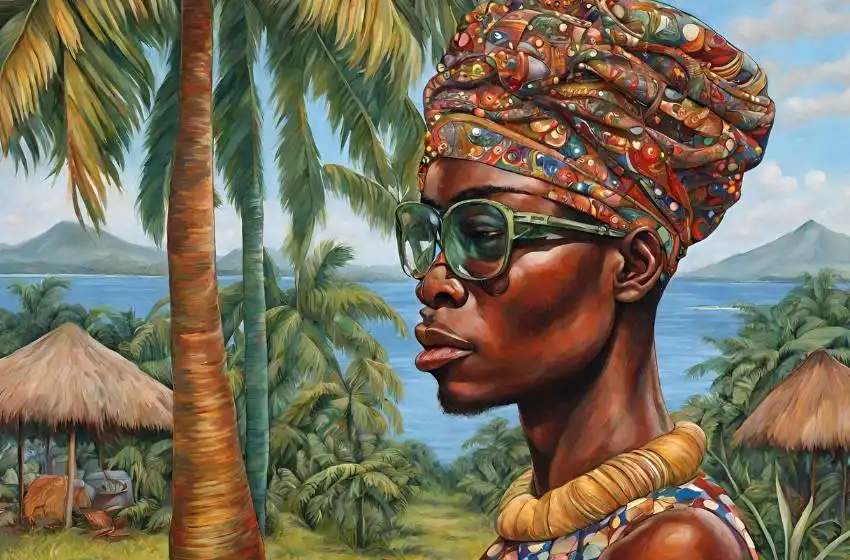
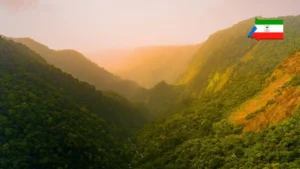
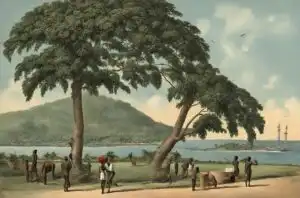

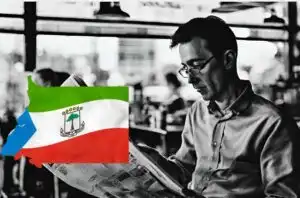
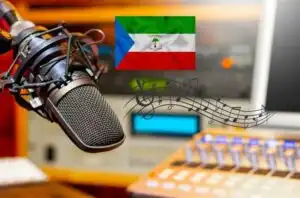
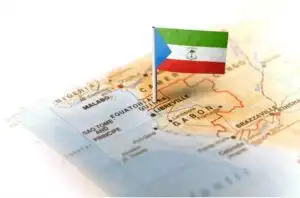
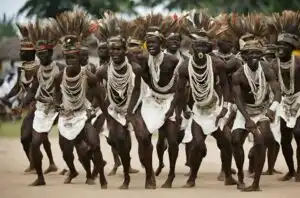
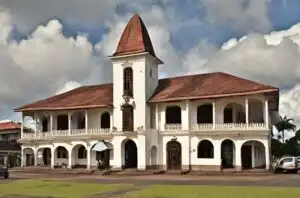
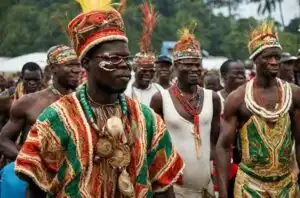


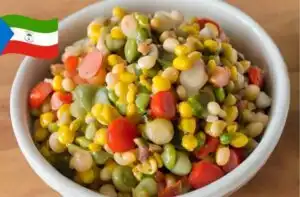
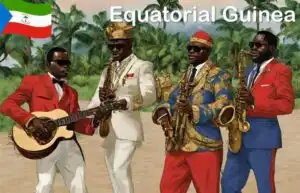
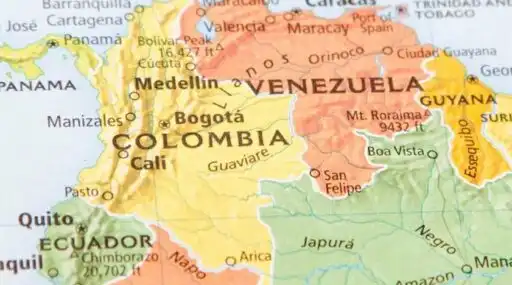


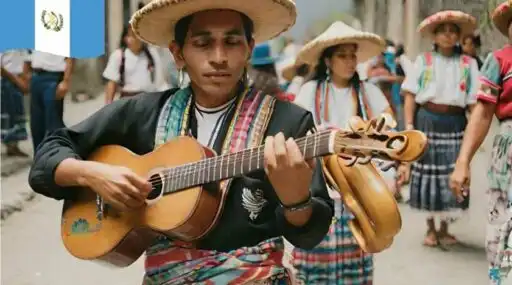
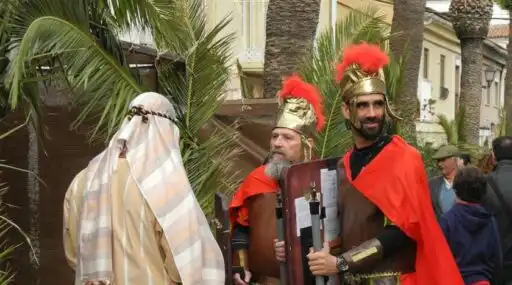


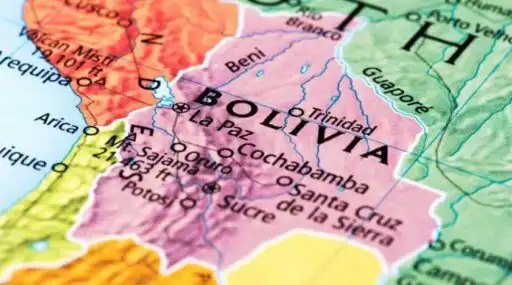
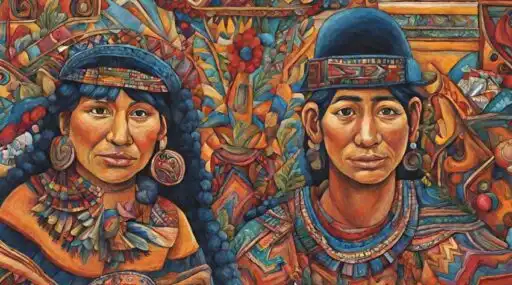

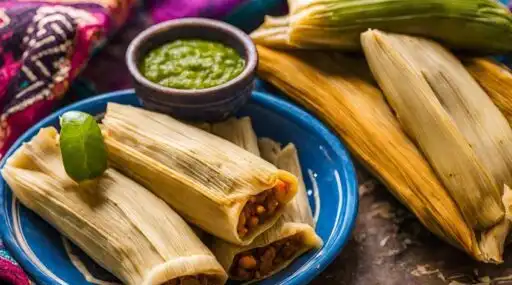

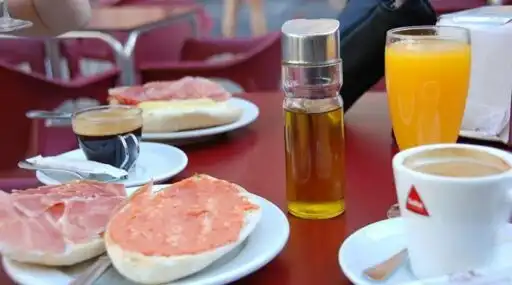
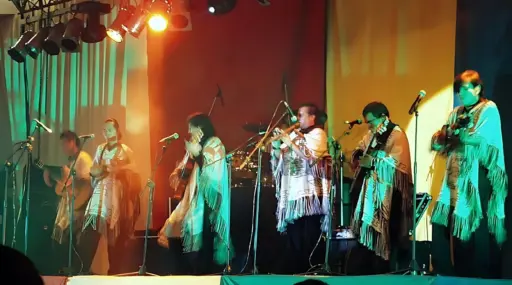
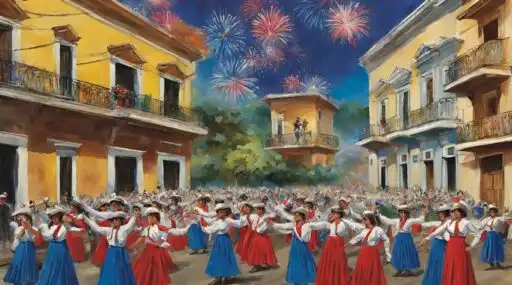
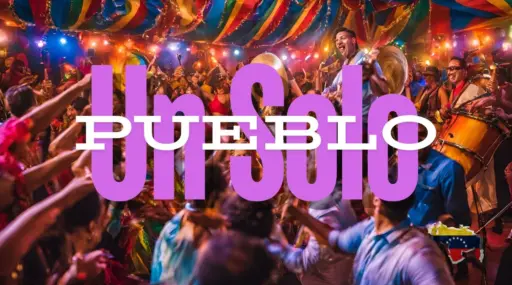
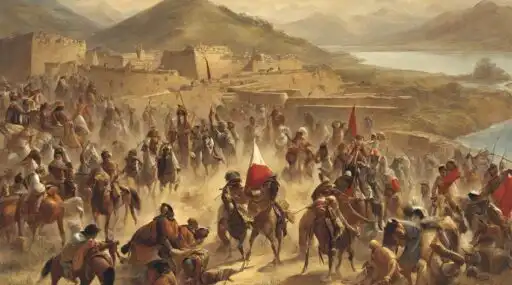
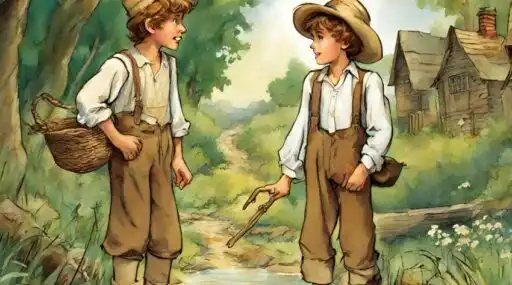
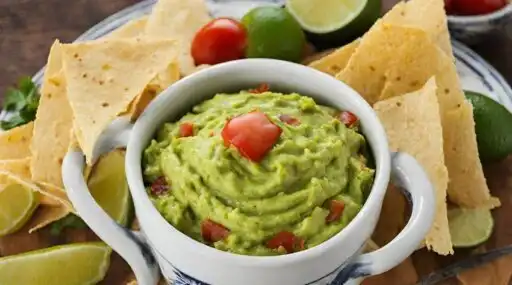

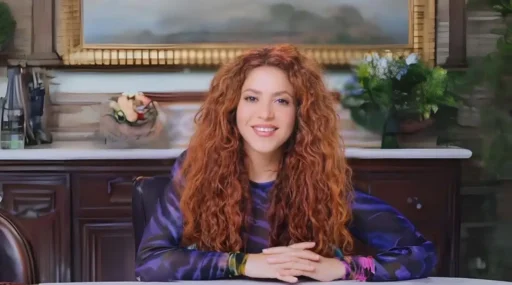
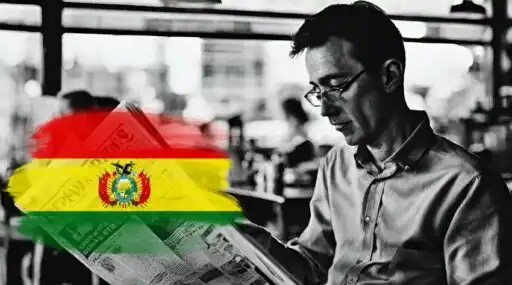





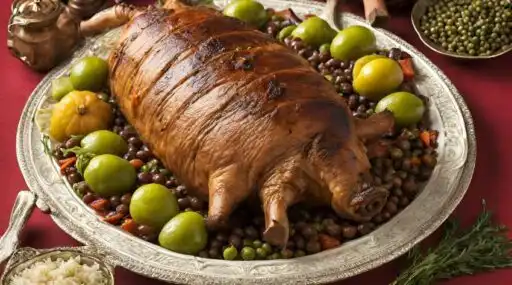

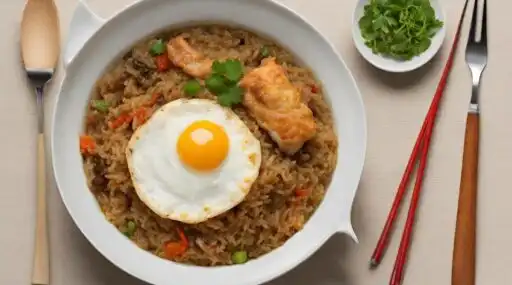
Leave a Reply